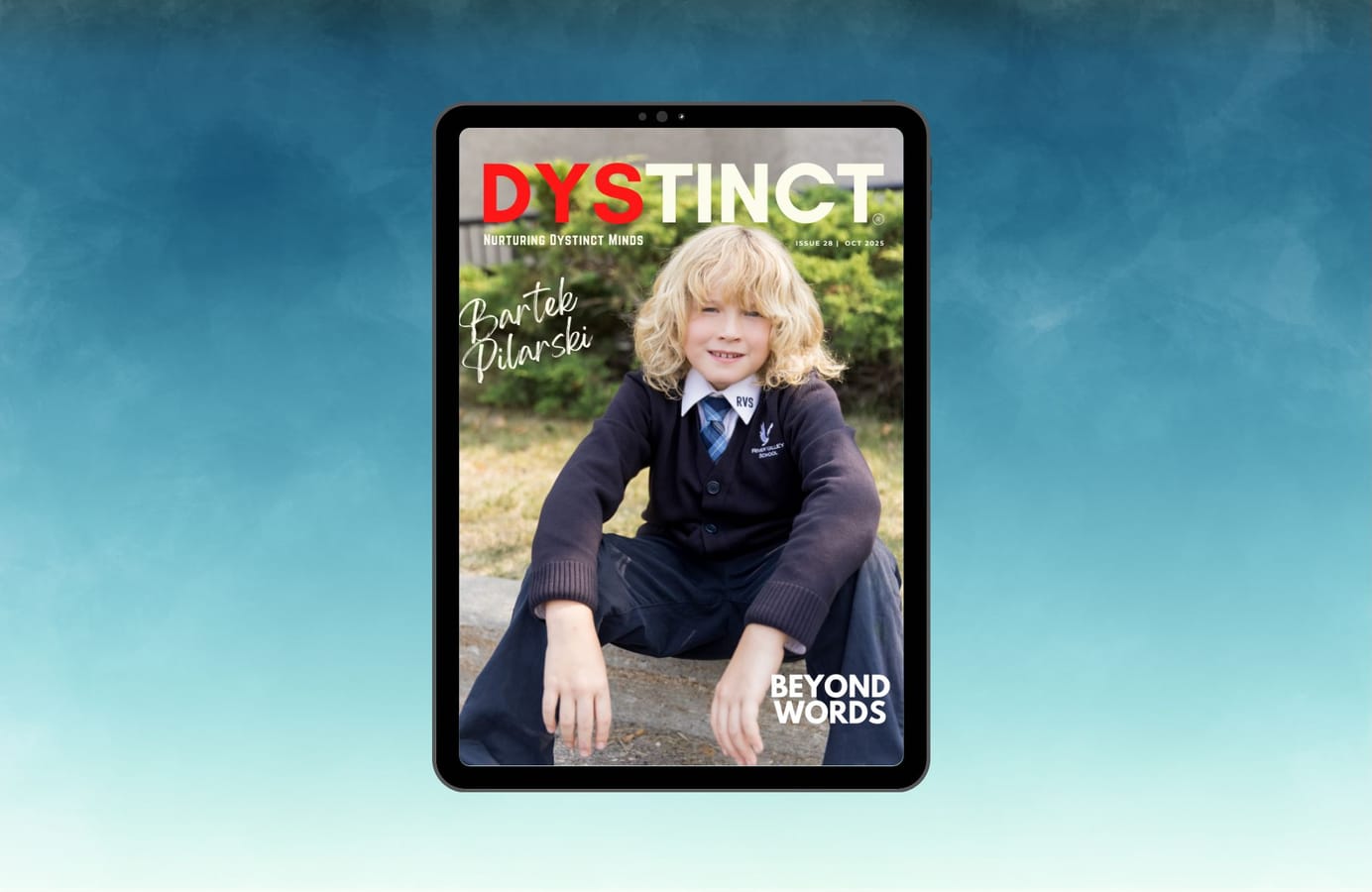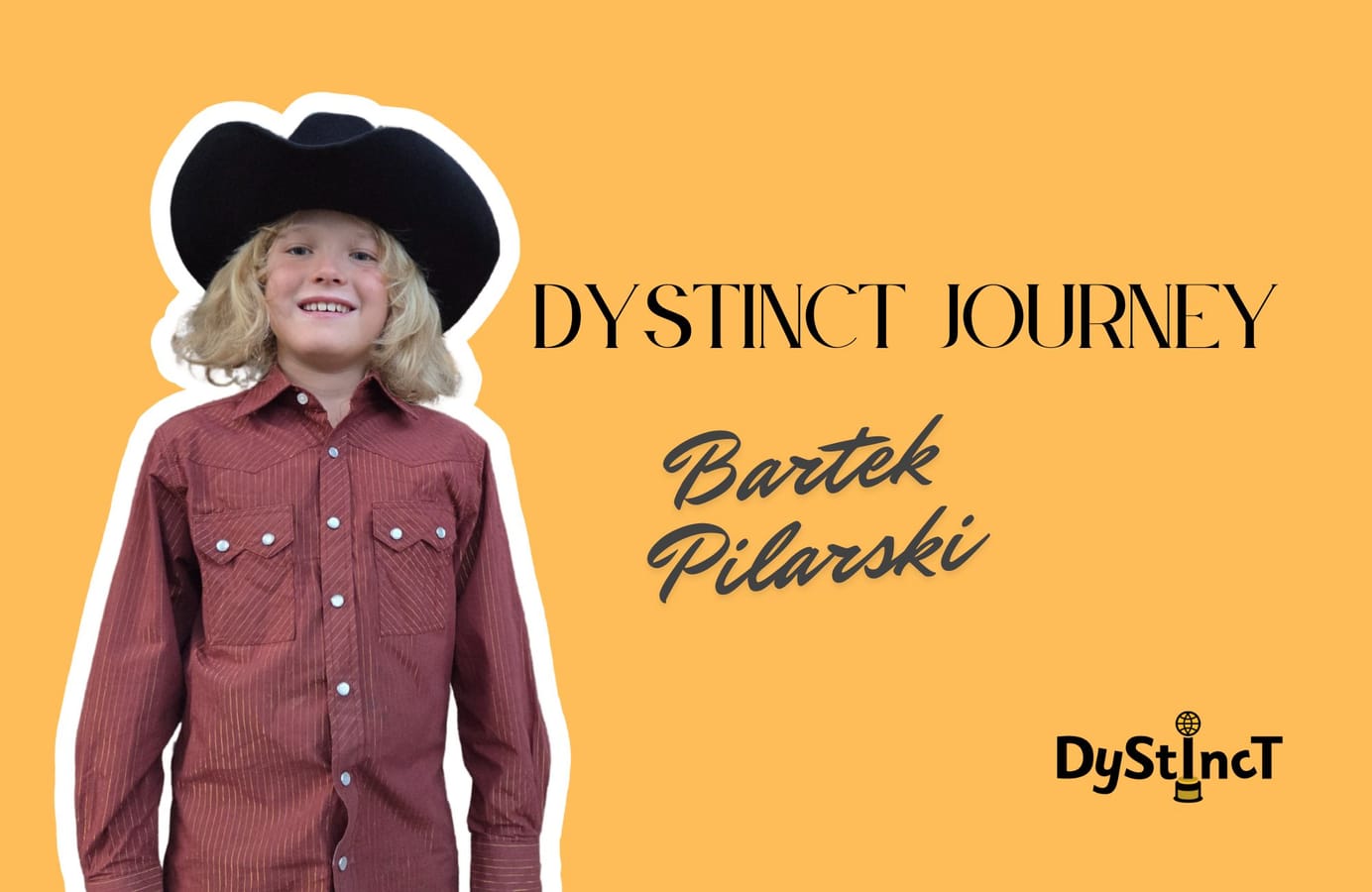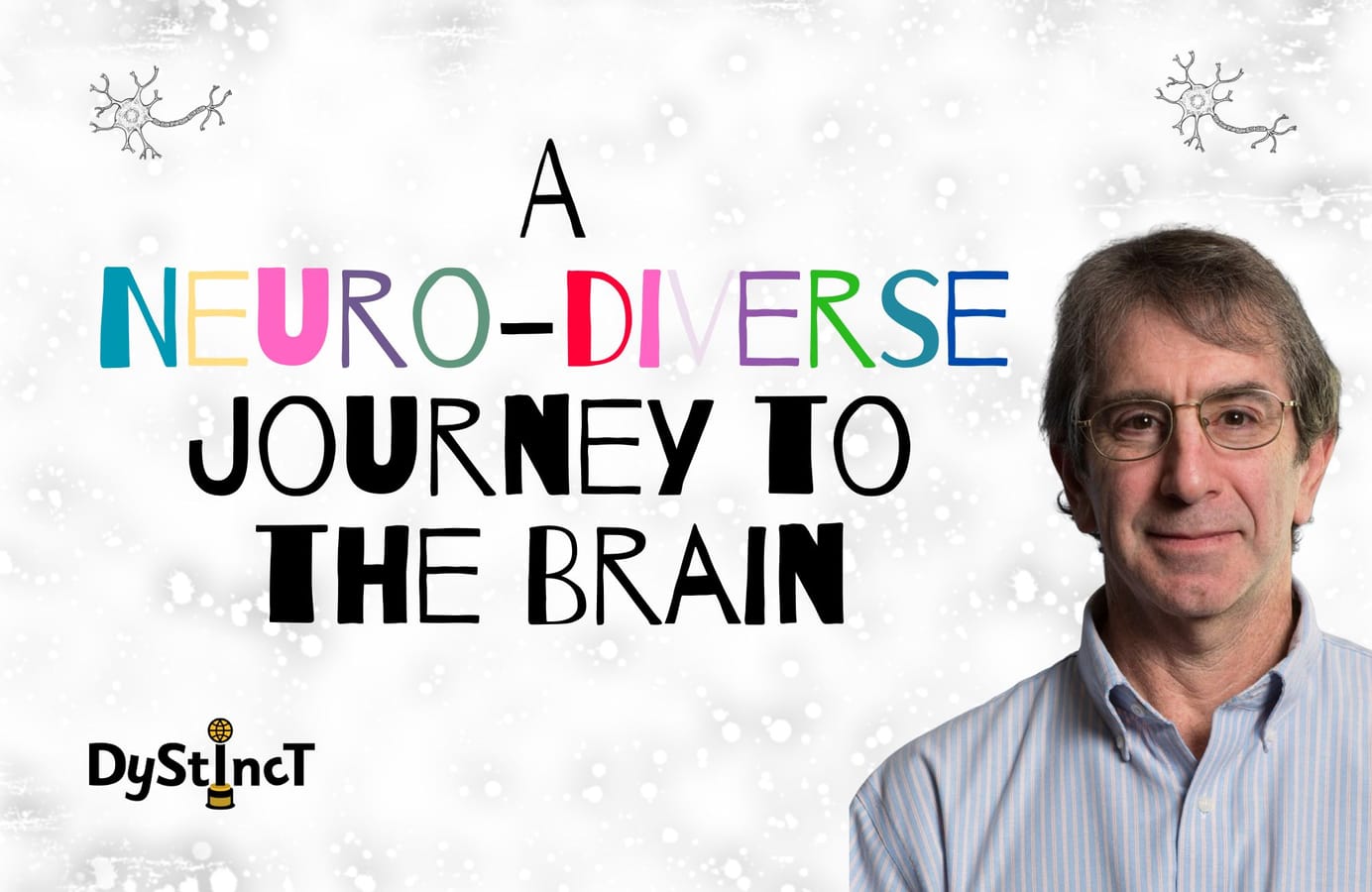
Issue 25: A Neurodiverse Journey to the Brain | Dr Eric H. Chudler
Dr Eric H. Chudler highlights experiments and activities from the Neuroscience for Neurodiverse Learners (NNL) program, designed to teach neurodiverse high school students about the brain while sharing these resources to help others replicate the engaging and educational experiences.
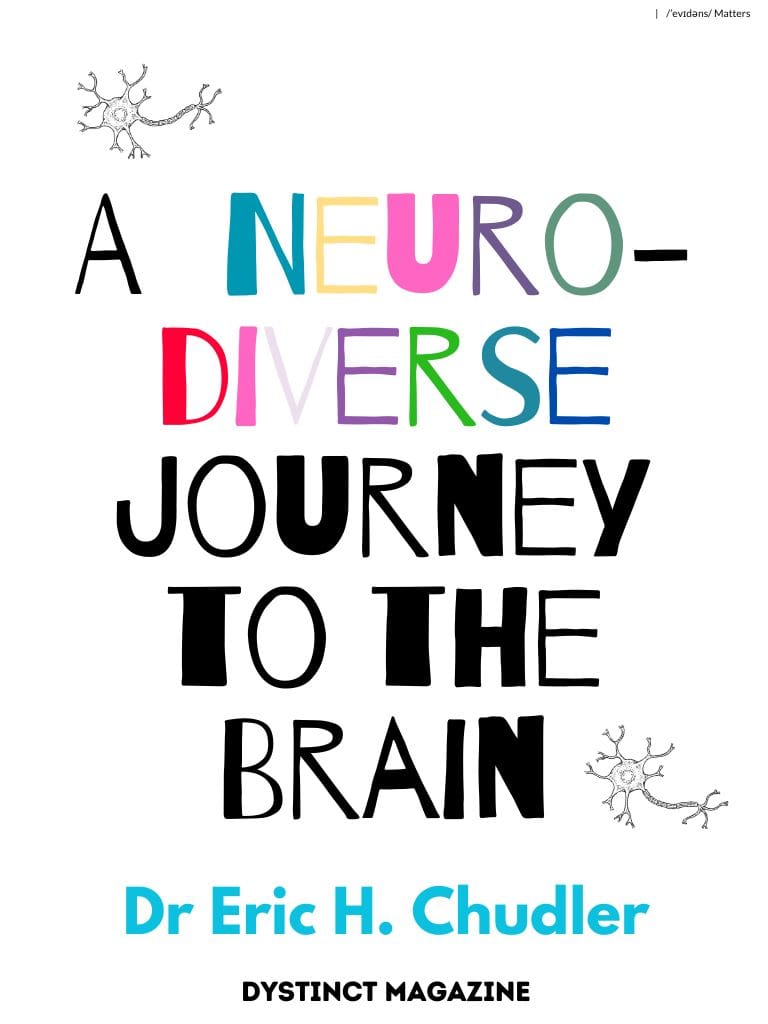
Thinking, feeling, moving, speaking, experiencing emotions, forming memories, and shaping personality—all these incredible functions are made possible by our three-pound brain. How can we effectively teach others about the brain, especially neurodiverse students who are deeply curious about the workings of their own brain?
With funding provided by a grant from the National Science Foundation, the Disabilities, Opportunities, Internetworking, and Technology Center and the Center for Neurotechnology at the University of Washington collaborated to create the Neuroscience for Neurodiverse Learners (NNL) program. This initiative provides high school students who identify as neurodiverse—such as those with dyspraxia, dyslexia, attention deficit hyperactivity disorder, dyscalculia, autism, or Tourette syndrome—with engaging opportunities to learn about neuroscience. NNL programming consists of a one or two week in-person summer camp and occasional virtual discussions during the school year.
This article highlights experiments and activities from the NNL program that the author has used successfully to teach neurodiverse high school students about the brain. These resources are shared to help others replicate the activities with their own students and children.
Before each activity, students receive a brief lecture designed to introduce key topics and familiarize them with new vocabulary. The Neuroscience for Kids website, created by the author, provides clear, accessible explanations of basic neuroscience concepts and detailed descriptions of the activities. Additional valuable resources include BrainFacts.org and the Dana Foundation, which offer comprehensive information about the nervous system.
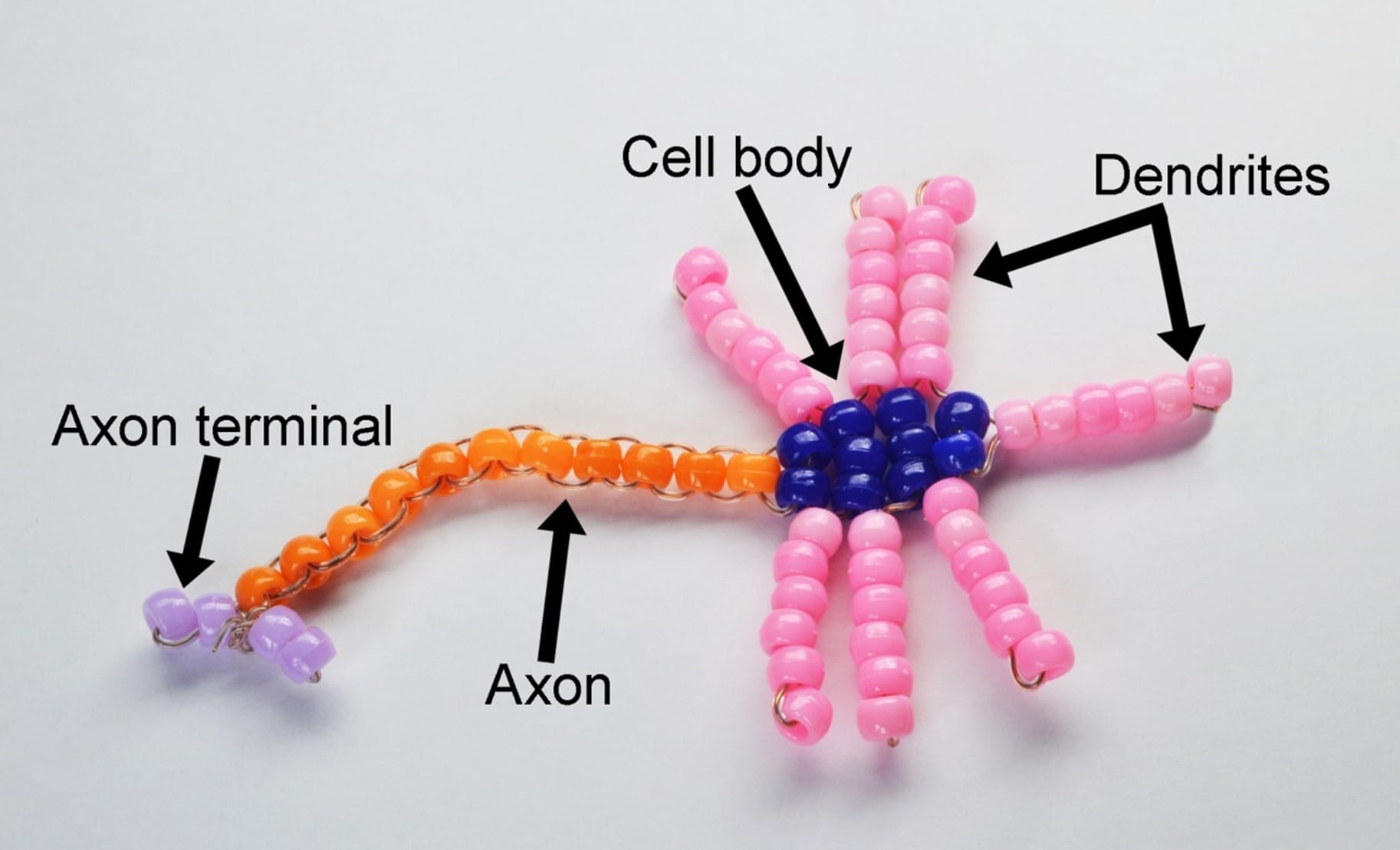
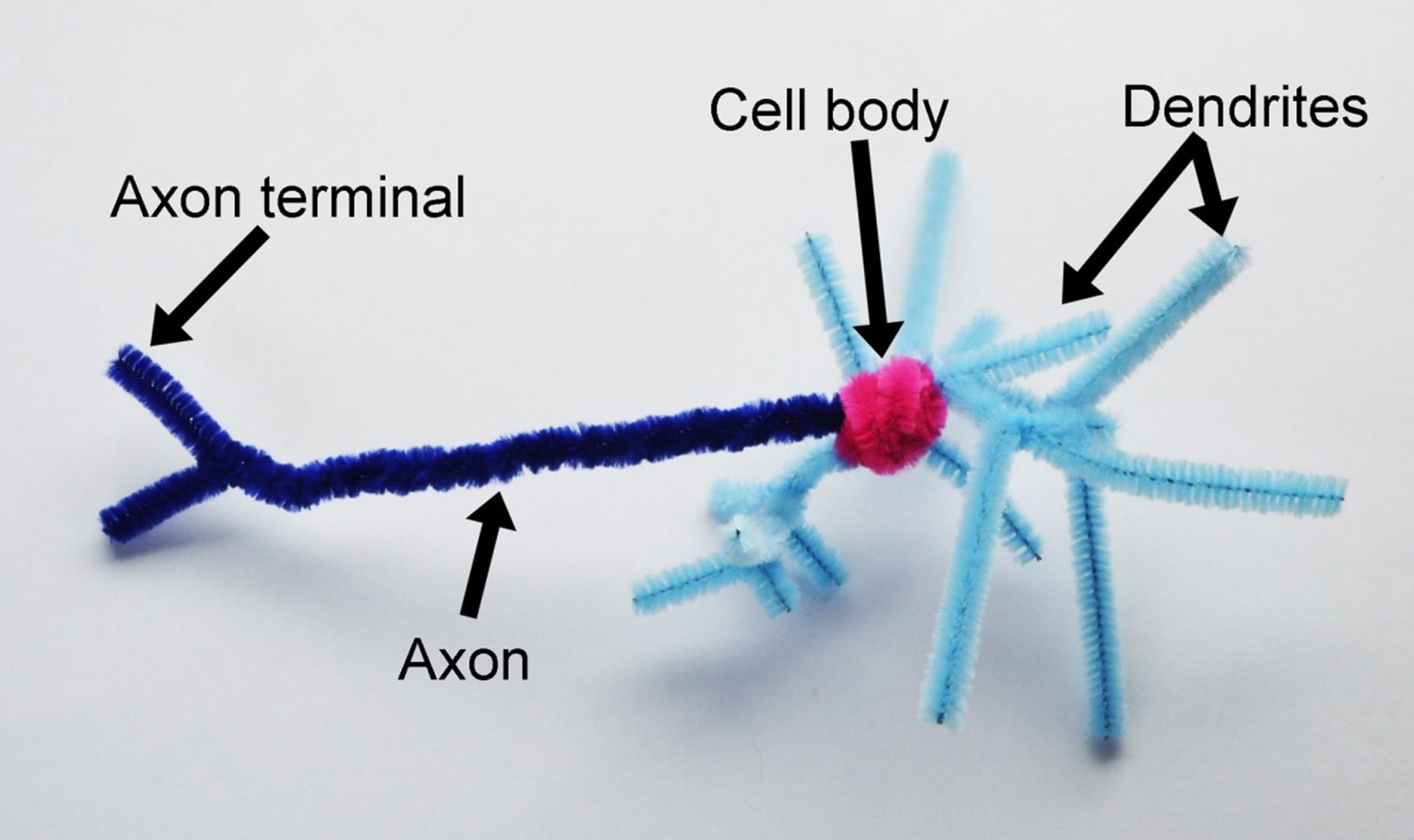
One of the first topics covered in the NNL program is neurotransmission—the process by which neurons (nerve cells) communicate. After this discussion, students create neuron models using beads, string, and pipe cleaners. Simple string and pipe cleaner neurons can be assembled in just a few minutes, while bead neurons take up to an hour to complete. Students also have the opportunity to share their creations online with their peers using a "Padlet."
After studying neurons, students move on to learning brain structure. They begin by constructing "brain hats," coloring the four lobes of the brain—temporal, occipital, frontal, and parietal—on a brain template, cutting out the outline, and connecting the right and left hemispheres with tape. Brain anatomy is then explored further through the dissection of a preserved sheep brain, which can be purchased from biological supply companies for $10–$20 each. Some students, initially hesitant about participating in the dissection, often change their minds after creating brain hats. For those who prefer not to engage in the dissection, a virtual sheep brain dissection is available as an alternative.
This post is for paying subscribers only
SubscribeAlready have an account? Log in

